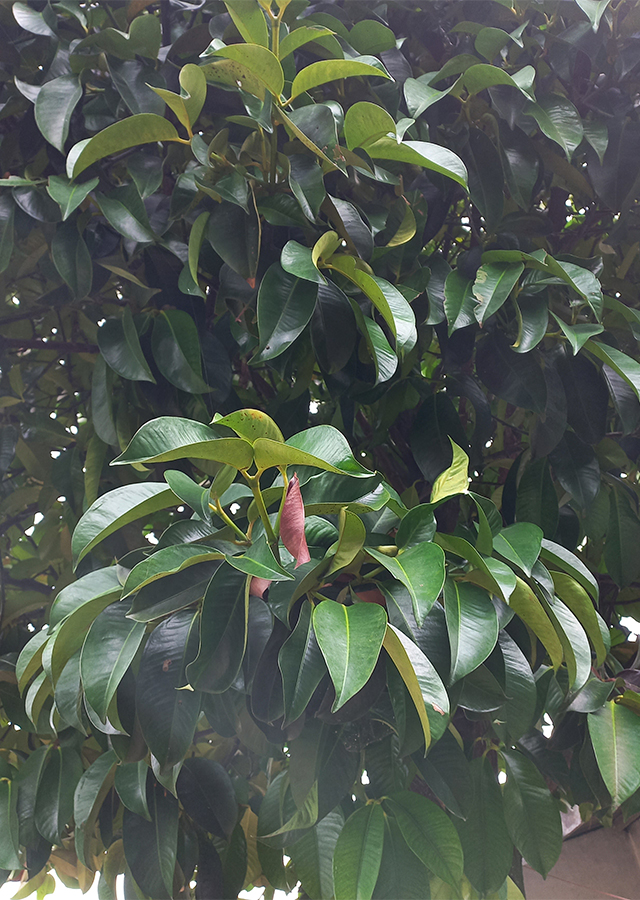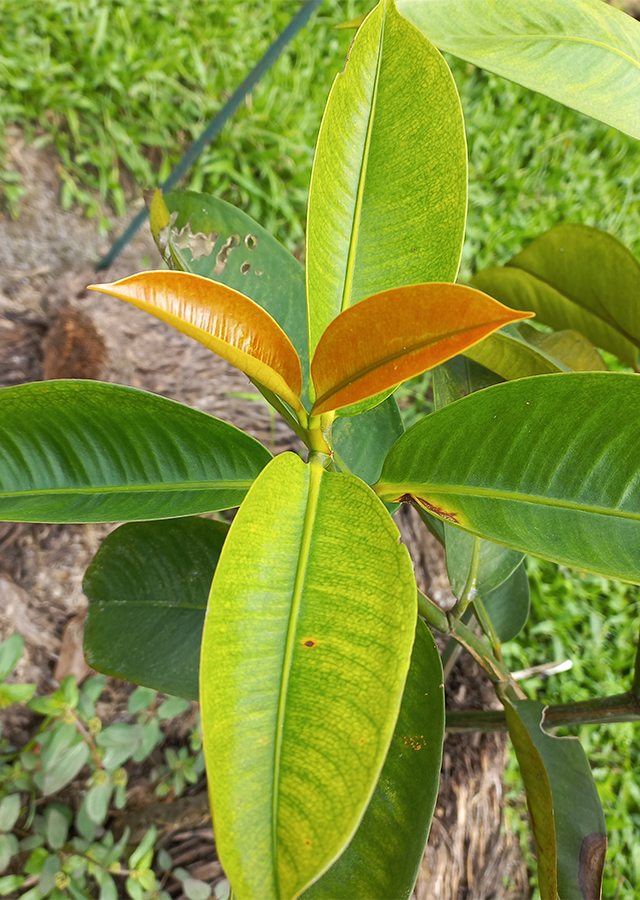Traditional Herbs from Garcinia mangostana
fever
- Prepare enough mangosteen leaves and bark\u00a0then wash until clean.
- Boil until boiling.
- Strain the boiled product.
- Drink while it's warm.
What is Garcinia mangostana Looks like??



Parts of Garcinia mangostana that could be used
- Leaves
- Bark
- Fruit Skin
- Roots
Garcinia mangostana Distribution
Mangosteen is a typical Southeast Asian plant, which is spread from southern Thailand and Peninsular Malaysia to Indonesia and several parts of the Philippines. This plant has also spread to other tropical areas, including Sri Lanka, South India, Central America, Brazil and Queensland. Mangosteen is a very popular tropical fruit and is known as the 'Queen of the fruit'. In Indonesia, mangosteen is widely available in Sumatra, Kalimantan, Java, Bali, Madura, Nusa Tenggara, Sulawesi, Maluku, Ambon and Irian Jaya. Mangosteen produces fruit that can be eaten fresh, has a sweet and slightly sour taste. Apart from the delicious taste of the fruit, mangosteen is widely used as herbal medicine, cosmetics and dye. In many Asian countries, the bark and rind of the fruit are used to treat diarrhea and dysentery. Malays use a decoction of the roots to treat irregular menstruation. Meanwhile, in Indonesia, the bark and leaves are considered astringent and are also used to control fever. A study found that mangosteen skin contains antioxidants in the form of xanthones which have antibacterial, anti-inflammatory and anti-fungal effects. This is what makes mangosteen rind believed to be good for health. Now, many mangosteen peels are produced in instant powder form. Apart from that, mangosteen sap has also been used as a black dye to color silk.Agroecology of Garcinia mangostana
Mangosteen is usually found growing in evergreen forests at altitudes up to 1,500 m above sea level. Its growth requires a position in full sun and shade (shade). Shade is needed in the early growth phase (young plants) with fertile, well-drained soil, soil acidity (pH) in the range of 5-6, but tolerates pH 4.3-7.5 and is not tolerant of drought. Grows best in areas where annual daytime temperatures are in the range of 20-30 °C, growth will slow down at temperatures below 20 °C and the upper limit is 38-40 °C, average annual rainfall in range 1,600-2,000 mm, but tolerates 1,100-2,800 mm, with high humidity, a short dry season to stimulate flowering and a good water supply unbroken.
Morphology of Garcinia mangostana
- Tap root, branching which penetrates the ground, brown and dull white.
- Stem upright, straight, brown bark, has yellow sap.
- Single leaves, sitting opposite or crossed opposite leaves, tapered leaf base, the edges are flat, thick, the upper surface is dark green, shiny while the lower surface is bright green, young leaves are reddish, elongated elliptical in shape, pinnate branch bones are almost parallel.
- Female flowers number 1-3 at the end of the stem, forked arrangement , diameter 5-6 cm. The petals are 4 in number, arranged in 2 pairs, namely the two outer petals are green and yellow, the inner 2 are smaller in number, thick and fleshy with reddish edges, strongly curved, blunt white reddish white, grows singly or in pairs, male and female flowers are produced on the same tree.
- The fruit is round and smooth, when ripe it is reddish or reddish purple, crowned by a thick and persistent calyx. The skin of the fruit is thick and fibrous, the flesh is juicy and sweet with a slightly sour taste, there are 5-8 cavities on the inside, containing seeds which are encased in flesh, the flesh is shaped like a ring or segment.
- The seeds are found in the cavity of the fruit, round and slightly flat and is a two-piece seed.
Cultivation of Garcinia mangostana
- Propagation is carried out generatively (seeds) or vegetatively (grafting and grafting).
- After the plants are 2-3 years old, the plants can be planted in the field. The commonly used spacing is 6 x 6 m.
Garcinia mangostana, more details :
Chemical Content of Garcinia mangostanaThe roots contain saponins, triterpenoids, resin, mangostin, flavonoids and polyphenols. The bark contains saponins, triterpenoids, resin, mangostin, flavonoids and polyphenols. Leaves contain saponins, triterpenoids, resin, and mangostin. Fruit contains triterpenoids, mangostin, mangostin derivatives (mangostin-e, 6-di-O-glucoside), resin, xanthones, gartanin, 8-disoxygartanin, and normangostin. Fruit skin contains triterpenoids, saponins, tannins, resin, mangostin, thiamine, riboflavin, niacin, gum, tannic substances. The sap contains resin and mangostin.
Benefits of Garcinia mangostana
Treating diarrhea, dysentery, tonsillitis, vaginal discharge, hemorrhoids, ulcers, phlegm oozing, toothache, canker sores, vein pain, constipation, stomach pain, eczema and other skin disorders, circumcision wounds, fever-reducing medication, treating irregular menstruation, disorders urinary tract, lowers cholesterol levels, inhibits the growth of cancer cells, controls blood sugar, strengthens the body's immune system, is an astringent drug, has activity as an antioxidant, anti-inflammatory, antibacterial, antifungal, and antivirus.
Simplisia of Garcinia mangostana
- Prepare the skin of the mangosteen fruit, wash thoroughly with running water.
- Cut\u00a0so it\u00a0dries easily.
- Dry in the sun or in an oven at\u00a040\u00b0C until the water content is around 10%.", "Choose using a blender until it becomes powder.
- Store in a clean and airtight place.
Another Facts for Garcinia mangostana :
Synonym of Garcinia mangostanaMangostana garcinia Gaertn.
Habitus of Garcinia mangostana
Tree. Annual tree, up to 25 m high
Habitat of Garcinia mangostana
- Forest
- Land
No comments:
Post a Comment